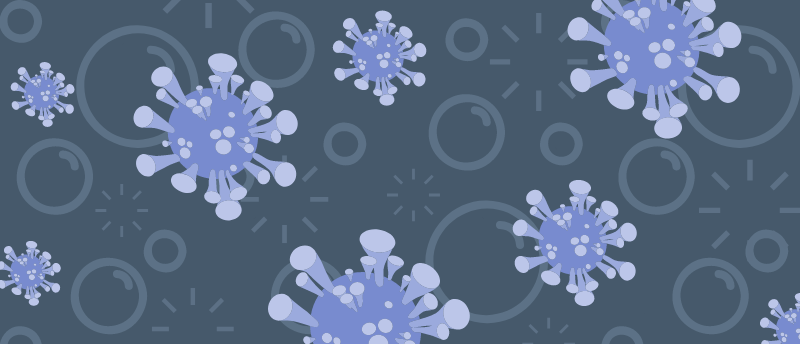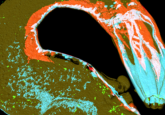Bursting viruses’ bubbles: new antiviral strategy targets the membrane

Disrupting the membrane of viruses offers a novel antiviral approach and could be effective against a variety of pathogens.
Developing durable antiviral therapies is challenging as viruses rapidly evolve and develop resistance. A collaboration of researchers across US institutions found what senior author Kent Kirshenbaum (New York University, NYU; NY, USA) described as “an Achilles heel of many viruses: their bubble-like membranes”. The researchers identified a group of molecules that display direct antiviral activity against a range of membrane-enveloped viruses, such as Rift Valley fever, which shows promise as a new type of antiviral mechanism.
Typically, therapeutics have targeted proteins on the surface of viruses; however, these can rapidly mutate, rendering therapeutics ineffective. Selectively targeting a viral feature that is conserved would prevent the virus from developing resistance to drugs.
The researchers turned to our innate immune system for inspiration, looking at antimicrobial peptides that combat pathogens. These work by disrupting or bursting the lipid membranes surrounding a virus. Whilst antimicrobial peptides can be synthesized, they break down easily and can be toxic to healthy cells, so they are rarely used to treat infectious diseases.
“We began to think about how to mimic natural peptides and create molecules with many of the same structural and functional features as peptides but are composed of something that our bodies won’t be able to rapidly degrade,” explained Kirshenbaum.
They explored a class of antimicrobial peptide biomimetics called peptoids, provided by Annelise Barron’s lab (Stanford University, CA, USA), a co-author of the study. The antiviral effects of seven peptoids were tested against four viruses, three of which were enveloped in a membrane (Zika, Rift Valley fever and chikungunya) and one without a membrane (coxsackievirus B3).
 The protein–protein interaction promoting Parkinson’s disease
The protein–protein interaction promoting Parkinson’s disease
What role do protein–protein interactions play in the accumulation of α-synuclein in the brains of individuals with Parkinson’s disease (PD)?
The membranes surrounding viruses are made of lipids acquired from the host, including phosphatidylserine. As this lipid is sequestered towards the interior of human cells under normal conditions, phosphatidylserine “can be a specific target for peptoids to recognize viruses, but not recognize—and therefore spare—our own cells,” explained first author Patrick Tate (NYU). “Moreover, because viruses acquire lipids from the host rather than encoding from their own genomes, they have better potential to avoid antiviral resistance.”
Liposome leakage assays were used to measure membrane disruption. The results showed that the peptoids disrupted the virus membrane of the enveloped viruses, thereby inactivating them, but did not disrupt coxsackievirus B3. Additionally, chikungunya contains higher levels of phosphatidylserine in its membrane and was found to be more susceptible to the peptoids.
The researchers also observed that phosphatidylserine is crucial for the peptoids to reduce viral activity, as membranes formed exclusively of an alternative lipid (phosphatidylcholine) were not disrupted by the peptoids.
“We need to develop this next generation of drugs now and have them on the shelves in order to be ready for the next pandemic threat – and there will be another one for sure,” added Kirshenbaum. Peptoids could offer a solution to antiviral resistance and treat a variety of viruses with membranes, some of which have no available treatment options such as Zika virus. Maxwell Biosciences (TX, USA), a biotech company, is hoping to bring peptoids to the clinic and commercialize these compounds.

